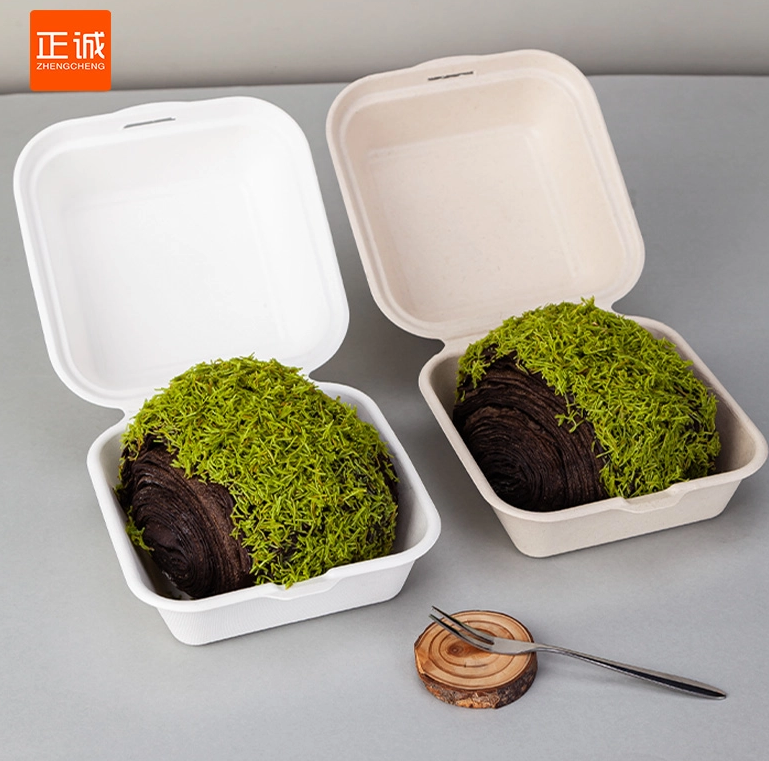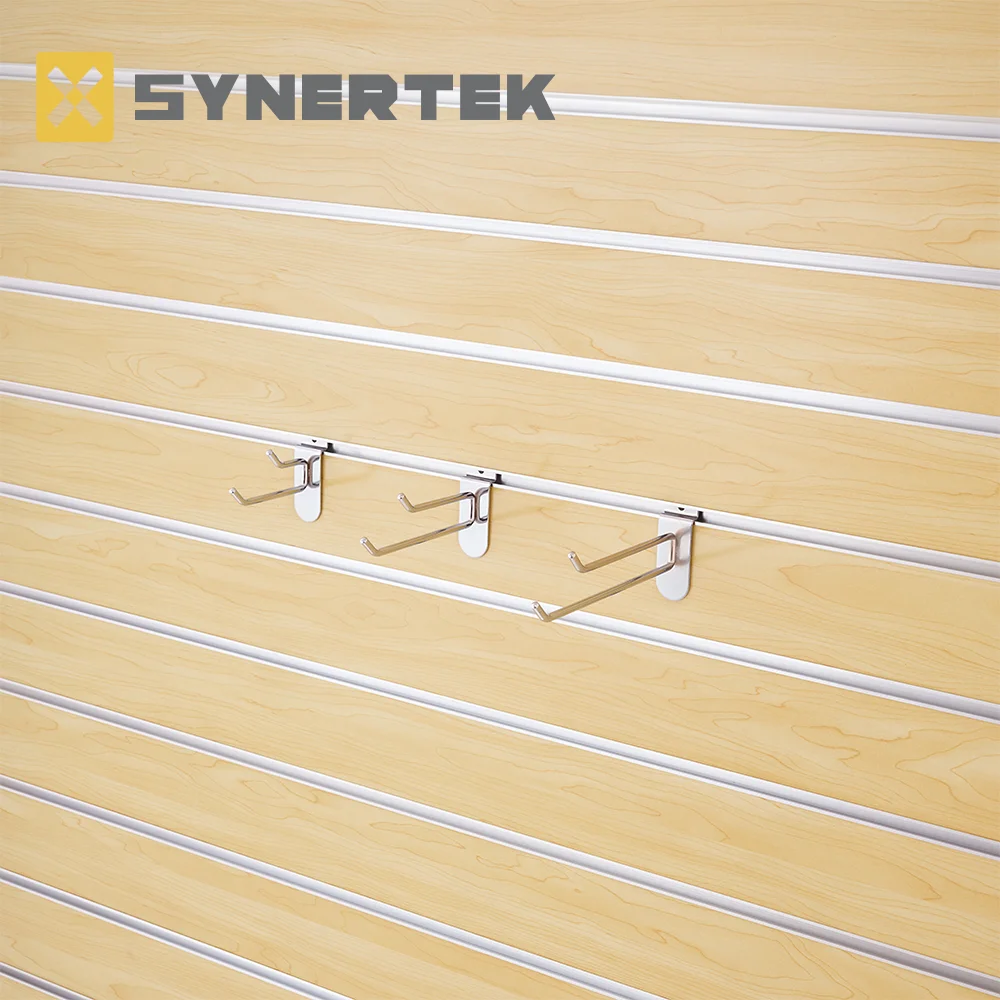When it comes to selecting flooring materials for both indoor and outdoor spaces, porcelain tile has gained immense popularity due to its durability, aesthetic appeal, and low maintenance requirements. However, a common concern among homeowners and designers alike is whether porcelain tile can fade when exposed to sunlight. This article delves into the properties of porcelain tile, the factors influencing its color retention, and practical tips for maintaining its vibrancy over time.
Understanding Porcelain Tile
Porcelain tile is a type of ceramic tile that is made from refined clay and fired at high temperatures. This manufacturing process results in a denser, less porous material compared to standard ceramic tiles. Porcelain tiles are known for their strength, water resistance, and ability to withstand heavy foot traffic, making them an ideal choice for both residential and commercial applications.
The Science Behind Fading
Fading occurs when the pigments in a material are broken down by exposure to ultraviolet (UV) light. In the case of porcelain tile, the risk of fading largely depends on the quality of the tile and the type of pigments used in its glaze. High-quality porcelain tiles are often made with advanced glazing techniques that incorporate UV-resistant pigments, significantly reducing the likelihood of color degradation over time.
Factors Influencing Fading
- Quality of the Tile: Not all porcelain tiles are created equal. Tiles manufactured with inferior materials or processes may be more susceptible to fading. It is crucial to choose tiles from reputable manufacturers that adhere to industry standards.
- Glazing Techniques: The glaze applied to porcelain tiles plays a vital role in their resistance to fading. Tiles with a thicker, high-quality glaze are more likely to retain their color, while those with a thinner glaze may be more vulnerable to UV exposure.
- Environmental Conditions: The intensity of sunlight in a particular region can also affect the fading of porcelain tiles. Areas with high UV exposure, such as regions closer to the equator or locations with minimal cloud cover, may see more significant fading over time.
- Maintenance Practices: Regular cleaning and maintenance can help preserve the appearance of porcelain tiles. Using harsh chemicals or abrasive cleaning tools can damage the glaze, making the tiles more susceptible to fading.
Practical Tips for Preventing Fading
- Choose High-Quality Tiles: Invest in porcelain tiles from reputable brands that offer UV-resistant options. Look for certifications that indicate the tile's durability and resistance to fading.
- Consider the Location: If you plan to install porcelain tiles in an area with high sun exposure, such as patios or sunrooms, opt for tiles specifically designed for outdoor use. These tiles often have enhanced UV resistance.
- Use Protective Coatings: Applying a protective sealant can help shield the tile from UV rays and other environmental factors. Ensure that the sealant is compatible with porcelain tiles and follow the manufacturer's instructions for application.
- Regular Maintenance: Keep your tiles clean and well-maintained. Use pH-balanced cleaners and soft cloths to avoid scratching the surface. Regularly inspect the tiles for any signs of wear or damage and address them promptly.
- Strategic Placement: If possible, consider the placement of furniture, awnings, or other structures that can provide shade to areas with porcelain tile. This can help minimize direct sunlight exposure and reduce the risk of fading.
Conclusion
In summary, while porcelain tile is generally resistant to fading, several factors can influence its longevity and color retention when exposed to sunlight. By choosing high-quality tiles, employing proper maintenance practices, and considering environmental conditions, homeowners can ensure that their porcelain tiles remain vibrant and beautiful for years to come. Investing in the right materials and taking proactive measures will not only enhance the aesthetic appeal of your space but also protect your investment in flooring.






+ There are no comments
Add yours